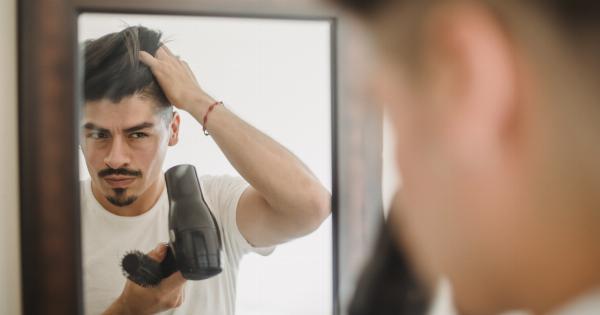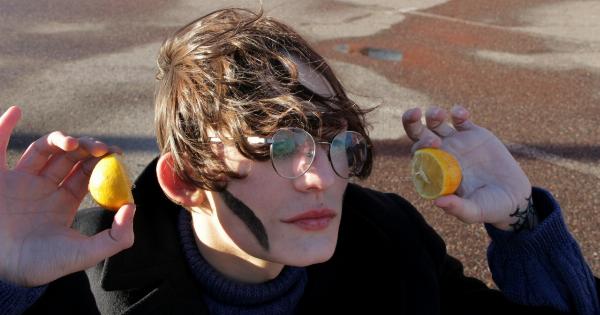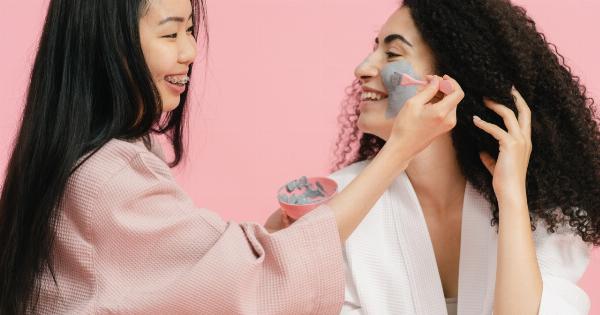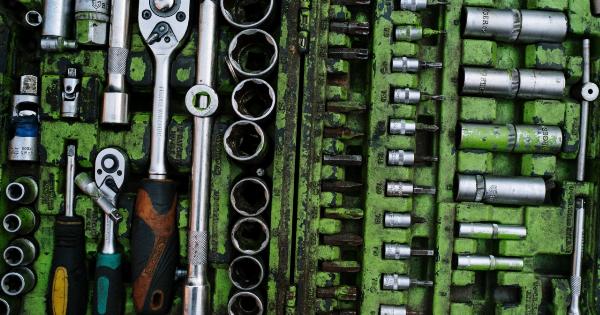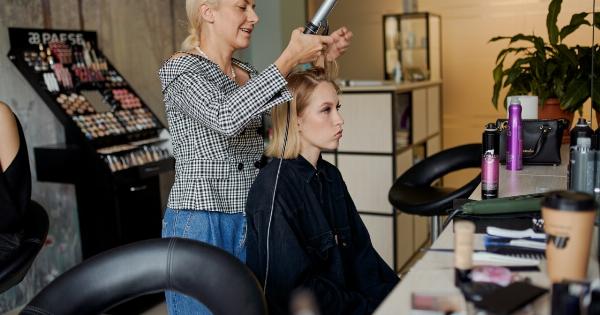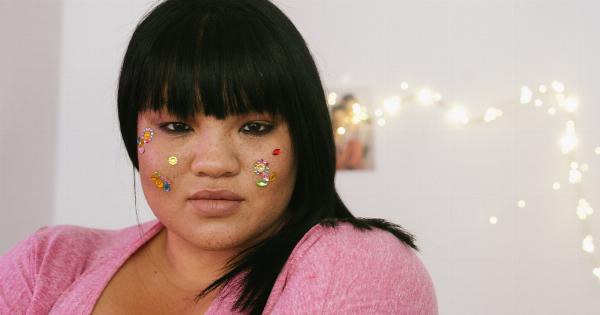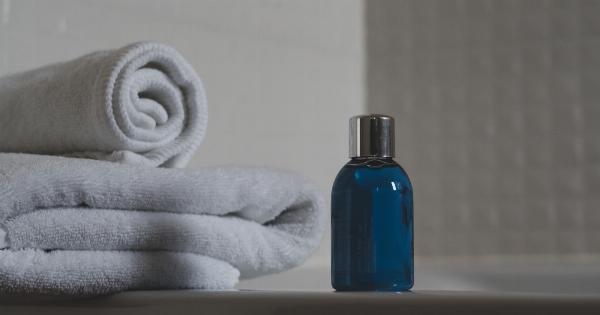Are you tired of frizzy, unruly hair? Do you dream of smooth, shiny locks that are easy to manage? If so, you may have heard about keratin treatments.
Keratin treatment is a popular hair straightening technique that promises to transform your hair, making it more manageable and easier to style. But before you rush to the salon, it’s important to understand what keratin treatment entails and whether it is the right choice for you.
What is Keratin Treatment?
Keratin treatment, also known as Brazilian blowout or keratin straightening, is a semi-permanent hair straightening treatment that aims to smooth frizz, reduce curl, and add shine to the hair.
This treatment involves applying a keratin-rich formula to the hair and then using heat to seal it in. The process typically takes a few hours to complete and can last for several months.
How Does Keratin Treatment Work?
Keratin is a protein that is naturally present in our hair, skin, and nails. The treatment works by infusing additional keratin into the hair, which helps to repair damaged strands, reduce frizz, and create a protective coating around the hair shaft.
The heat used during the treatment process helps to lock in the keratin, resulting in smooth, shiny hair.
The Benefits of Keratin Treatment
There are several benefits associated with keratin treatment:.
- Smooth and Manageable Hair: Keratin treatment can help eliminate frizz and make the hair more manageable, reducing the time and effort required for styling.
- Reduced Styling Time: With smoother hair, you’ll spend less time on blow-drying and styling, allowing for a quicker and more efficient hair care routine.
- Long-Lasting Results: Unlike some other hair straightening methods, keratin treatment can provide results that last for several months, even with regular washing and styling.
- Improved Hair Health: The infusion of keratin into the hair can help repair damage and strengthen the hair shaft, resulting in healthier-looking hair.
- Versatility: Keratin treatment can be customized to suit different hair types, from straight to curly, and can result in various levels of hair straightness.
Is Keratin Treatment Suitable for All Hair Types?
While keratin treatment can work wonders for many hair types, it may not be suitable for everyone. Here are a few factors to consider:.
- Chemically Treated Hair: If your hair has been previously treated with chemicals, such as color, perm, or relaxer, it’s important to discuss this with your hairstylist before opting for a keratin treatment. Chemical treatments can affect the outcome, so it’s crucial to ensure compatibility.
- Damaged or Weak Hair: If your hair is excessively damaged or weak, it may not be able to withstand the heat and chemical exposure involved in the treatment process. In such cases, it’s advisable to focus on repairing your hair before considering keratin treatment.
- Pregnancy or Breastfeeding: Due to the potential absorption of chemicals during the treatment, it is generally recommended for pregnant women and breastfeeding mothers to avoid keratin treatments. It’s always best to consult with your doctor before undergoing any chemical hair treatments during this period.
The Keratin Treatment Process
The process of keratin treatment typically involves the following steps:.
- Consultation: Before starting the treatment, you’ll have a consultation with your hairstylist to discuss your hair type, desired results, and any concerns you may have.
- Preparation: Your hair will be washed with a clarifying shampoo to remove any build-up and prepare it for the treatment.
- Application: The keratin treatment formula will be applied to your hair in sections using a brush or comb. The stylist will ensure that each strand is evenly coated.
- Processing: The treatment usually needs some time to penetrate the hair shaft fully. Depending on the brand, this can range from 20 minutes to 2 hours. Heat may also be applied to help activate the treatment.
- Rinsing: After the processing time is complete, your hair will be rinsed with water to remove excess product.
- Heat Application: Using a flat iron set at a high temperature, your hairstylist will straighten your hair in small sections. This step helps to seal the keratin into the hair shaft.
- Post-Treatment Care: Your hairstylist may provide instructions on how to care for your hair after the treatment. This may include using sulfate-free shampoos, avoiding excessive heat, and limiting the use of hair ties or clips that could create creases in the hair.
The Aftercare for Keratin-Treated Hair
Proper aftercare is crucial to maintaining the results of your keratin treatment. Here are a few tips to keep in mind:.
- Avoid Washing Immediately: It’s generally recommended to wait 48 to 72 hours before washing your hair after a keratin treatment. This allows the keratin to fully bond with your hair.
- Use Sulfate-Free Shampoo: Regular shampoos containing sulfates can strip away the keratin treatment faster. Opt for sulfate-free or keratin-infused shampoos and conditioners to help prolong the results.
- Avoid Excessive Heat: While keratin treatment can reduce styling time, it’s important to avoid excessive heat from styling tools such as straighteners or curling irons. High heat can cause damage and reduce the longevity of the treatment.
- Avoid Chlorinated Water: Chlorine in swimming pools can also affect the durability of the treatment. Consider wearing a swim cap or using a hair protectant product before swimming.
- Regularly Trim Your Hair: To maintain healthy hair, regular trims are essential. Trimming every 6 to 8 weeks helps to prevent split ends and breakage.
The Potential Side Effects of Keratin Treatment
While keratin treatment is generally considered safe, it’s essential to be aware of potential side effects:.
- Chemical Odor and Fumes: The keratin treatment process involves the use of chemicals, which may emit strong odors and fumes. Adequate ventilation in the salon is crucial to minimize exposure.
- Eye Irritation: The fumes released during the treatment process may cause eye irritation or discomfort. Protective eyewear is recommended for both the stylist and the client.
- Allergic Reactions: Although rare, some individuals may be allergic to the chemicals used in the treatment. A patch test is often recommended to check for any adverse reactions before the full treatment.
Consultation with a Professional
If you’re considering keratin treatment, it’s advisable to consult with a professional hairstylist who specializes in this technique.
They can evaluate your hair type, assess its suitability for the treatment, and address any concerns or questions you may have. A professional can also guide you through the aftercare process to ensure the best results.
Remember, everyone’s hair is unique, and what works for someone else may not necessarily work for you.
Taking the time to research and understand keratin treatment will enable you to make an informed decision and achieve the desired results for your hair.









